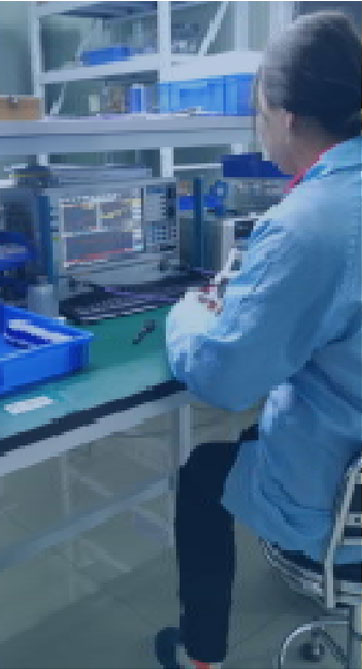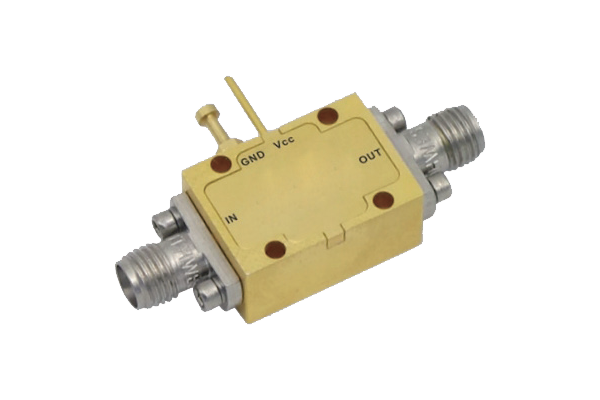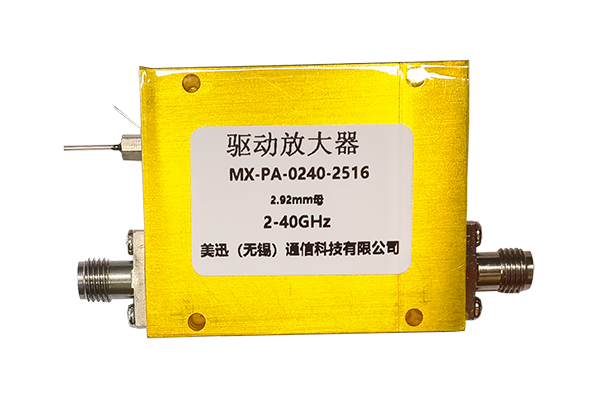
Pin diode components are considered indispensable in advanced RF applications because of their core operational properties Their high-speed switching performance and low capacitance along with negligible insertion loss position them well for switch modulator and attenuator implementations. The essential process enabling PIN diode switching is manipulating current through the diode using a biasing voltage. Voltage bias impacts the depletion layer width across the junction and consequently the conduction. Adjusting the bias enables PIN diodes to be switched for high-frequency operation while minimizing distortion
PIN diodes find placement inside complex circuit frameworks when precise timing and control is required They are suited to RF filtering arrangements for selective band pass and band stop operations. Their high-power endurance makes them appropriate for amplifier power dividing and signal generation functions. The development of compact efficient PIN diodes has increased their deployment in wireless communication and radar systems
Coaxial Switch Design Principles and Analysis
Creating coaxial switches is a challenging task that demands consideration of a variety of technical parameters The performance is governed by the choice of switch type frequency operation and insertion loss properties. Effective coaxial switch layouts strive to lower insertion loss and improve port-to-port isolation
Evaluation focuses on quantifying return loss insertion loss and interport isolation as major metrics. Measurements rely on simulation, theoretical models and experimental test setups. Accurate analysis is crucial to ensure reliable coaxial switch operation across systems
- Engineers use simulation software analytical calculations and experimental methods to evaluate coaxial switches
- Factors such as temperature variations impedance mismatch and fabrication tolerances can impact switch behavior
- Cutting-edge developments and emerging trends in switch engineering work to improve performance while shrinking size and reducing power usage
LNA Performance Enhancement Techniques
Tuning LNA gain efficiency and performance parameters is essential for outstanding signal fidelity in diverse systems The process needs precise choice of transistors bias points and topology design. A resilient LNA architecture aims to lower noise generation and raise gain while keeping distortion low. Simulation modeling and analysis tools are indispensable for assessing how design choices affect noise performance. Securing a low Noise Figure indicates superior capability to amplify while adding little noise
- Picking transistors known for minimal noise contribution is essential
- Implementing suitable and optimal bias conditions helps minimize transistor noise
- The chosen circuit topology plays a major role in determining noise behavior
Tactics like impedance matching noise mitigation and feedback regulation advance LNA performance
Signal Path Control Using Pin Diodes

PIN diode switches serve as practical and efficient solutions for directing RF signals in many systems Fast state changes in these devices permit agile dynamic routing of RF signals. PIN diodes provide the dual benefit of small insertion loss and high isolation to protect signals. PIN diodes are used in antenna switch matrices duplexers and phased array RF systems
Switching depends on bias-induced resistance changes within the diode to route signals. In its open state the diode’s resistance is high enough to stop signal flow. Introducing a positive control voltage reduces resistance and opens the RF path
- Further advantages include fast switching low power requirements and compact design of PIN diode switches
Various architectures configurations and designs of PIN diode switching networks enable complex routing operations. Arranging multiple switches in networked matrices enables flexible routing and dynamic configuration
Coaxial Microwave Switch Performance Evaluation

Evaluation and testing of coaxial microwave switches is vital for verifying correct operation in electronic networks. Diverse factors including insertion reflection transmission loss isolation switching speed and frequency span impact performance. Complete evaluation comprises quantifying these parameters across different operating environmental and test conditions
- Additionally the assessment should examine reliability robustness durability and the ability to endure severe environmental conditions
- Ultimately findings from a thorough evaluation yield critical valuable essential insights and data for selecting designing and optimizing switches for targeted uses
Minimizing Noise in LNA Circuits A Comprehensive Review
LNA circuits play a crucial role in wireless radio frequency and RF systems by boosting weak inputs and restraining internal noise. This review gives a broad examination analysis and overview of methods to lower noise in LNAs. We investigate explore and discuss chief noise sources including thermal shot and flicker noise. We examine noise matching feedback loop designs and bias optimization techniques for noise mitigation. The review underlines recent breakthroughs like innovative materials and circuit architectures that achieve lower noise figures. Through detailed coverage of noise reduction principles and techniques the article aids researchers and engineers in crafting high performance RF systems
Use Cases for PIN Diodes in High Speed Switching

PIN diodes possess remarkable unique and exceptional traits that fit them well for high speed switching systems Small capacitance together with low resistance enables rapid switching to satisfy precise timing needs. Their proportional voltage response enables controlled amplitude modulation and reliable switching behavior. Their adaptability flexibility and versatility qualifies them as suitable applicable and appropriate for broad high speed uses Examples of deployment include optical communication systems microwave circuits and signal processing equipment and devices
IC Coaxial Switch and Circuit Switching Advances
Integrated circuit coaxial switch technology marks a significant advancement in signal routing processing and handling within electronic systems circuits and devices. These ICs control manage and direct coaxial signal flow providing high frequency capability with low latency propagation and insertion timing. Miniaturization through IC integration results in compact efficient reliable and robust designs fit for dense interfacing integration and connectivity scenarios
- By rigorously meticulously and carefully implementing these techniques practitioners can achieve LNAs with remarkable noise performance for sensitive reliable electronics With careful meticulous and rigorous execution of low-noise amplifier these strategies designers can obtain LNAs exhibiting excellent noise performance for sensitive reliable systems By meticulously carefully and rigorously applying these methods developers can produce LNAs with superior noise performance enabling sensitive reliable electronics By carefully meticulously and rigorously applying these approaches designers can realize LNAs with outstanding noise performance enabling sensitive reliable electronic systems
- Applications cover telecommunications data networking and wireless communication systems
- Integration of coaxial switch ICs serves aerospace defense and industrial automation industries
- Consumer electronics A V devices and test measurement apparatus make use of IC coaxial switch technologies
mmWave LNA Engineering Considerations

Designing for mmWave requires accounting for high attenuation and pronounced noise effects. Parasitic effects are dominant at mmWave thus careful layout techniques and component choices are crucial. Keeping input mismatch low and power gain high is critical essential and important in mmWave LNA designs. Selecting the right active devices including HEMTs GaAs MESFETs and InP HBTs helps secure low noise figures at mmWave. Moreover additionally moreover the design implementation and optimization of matching networks is vital to ensure efficient power transfer and impedance match. Package-level parasitics should be considered because they may impair LNA function at mmWave. Implementing low-loss transmission lines along with proper ground plane design is essential necessary and important for reducing reflection and ensuring bandwidth
Characterization and Modeling of PIN Diodes for RF Switching
PIN diodes operate as essential components elements and parts in diverse RF switching applications. Precise accurate and detailed characterization of such devices is essential for designing developing and optimizing reliable high performance circuits. This requires analyzing evaluating and examining electrical properties including voltage current resistance impedance and conductance. Their frequency response bandwidth tuning capabilities and switching speed latency or response time are likewise measured
Moreover furthermore additionally building accurate models simulations and representations for PIN diodes is essential crucial and vital to predict their RF system behavior. Different modeling methods like lumped element distributed element and SPICE models exist. Which model simulation or representation to use depends on the particular application requirements and the expected required desired accuracy
Advanced Strategies for Quiet Low Noise Amplifier Design
Creating LNAs requires meticulous focus on circuit topology and component choices to secure optimal noise outcomes. New and emerging semiconductor advances have led to innovative groundbreaking sophisticated design techniques that lower noise substantially.
Representative methods consist of using implementing and utilizing wideband matching networks selecting low-noise transistors with high intrinsic gain and optimizing biasing schemes strategies or approaches. Moreover additionally furthermore sophisticated packaging and thermal control solutions significantly help reduce noise contributions from outside sources. By carefully meticulously and rigorously applying these approaches designers can realize LNAs with outstanding noise performance enabling sensitive reliable electronic systems
